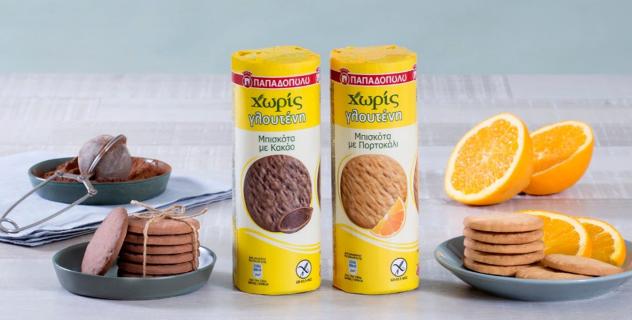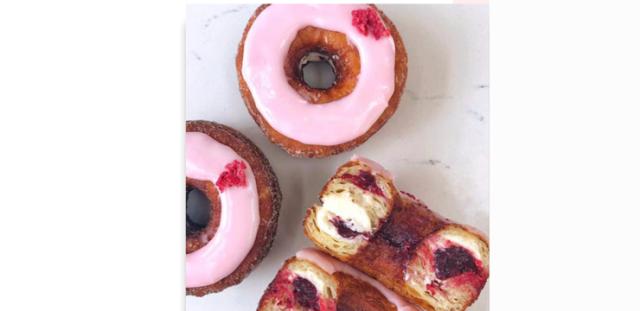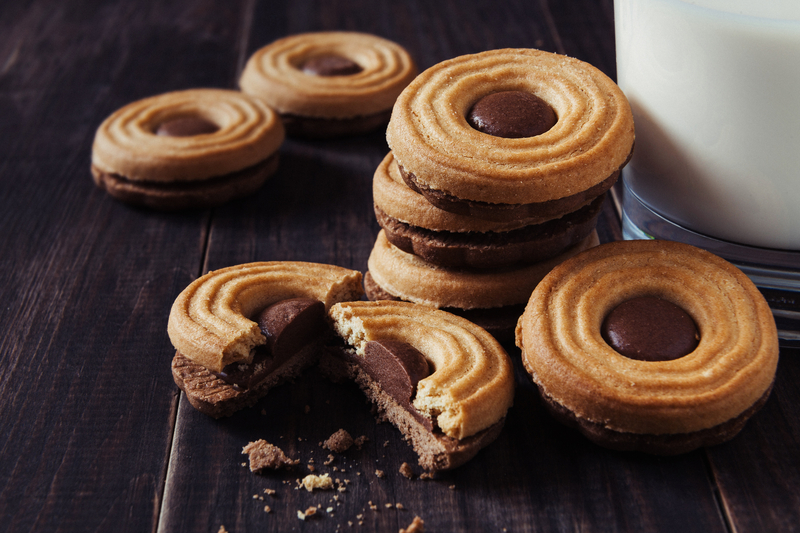Blisters on marie biscuits
There is a marie recipe with less fat and high water ratio. When producing there is large crust blister on top of the biscuit
We tried with reduce 1st zone temperature to avoid aggressive heat and then moisture was the next problem steam also applying
Dockers was prefect and docker position too
We can't change fat:water ratio and what might be the technological solution for this
Thanx



Discover how indigenous sorghum is reshaping biscuit innovation by offering a nutritious, gluten-free alternative to wheat flour.

As AI enters the biscuit industry, automating recipe development and roller design, Errebi Technology Spa reflects on the balance between innovation a...

E.J. Papadopoulos's gluten-free biscuits with orange and cocoa embody the fusion of sumptuous flavour and health-conscious ingredients.

Consolidated Biscuit's Morning Coffee Biscuits offer a unique and delightful way to enhance your morning routine

The next trend we have identified looks at finding that health-halo effect in your products, the correct balance between health and indulgence.











The score is based on the number of created courses at BPA (150 points per course), the number of the lectures given at BPC (100 points per lecture), published articles (20 points for every approved article in Our Experts category ), number of resolved questions (10 points for every resolved question) and the number of asked questions (5 points for every asked question). The list is showing only top 10 biscuit industry experts.



